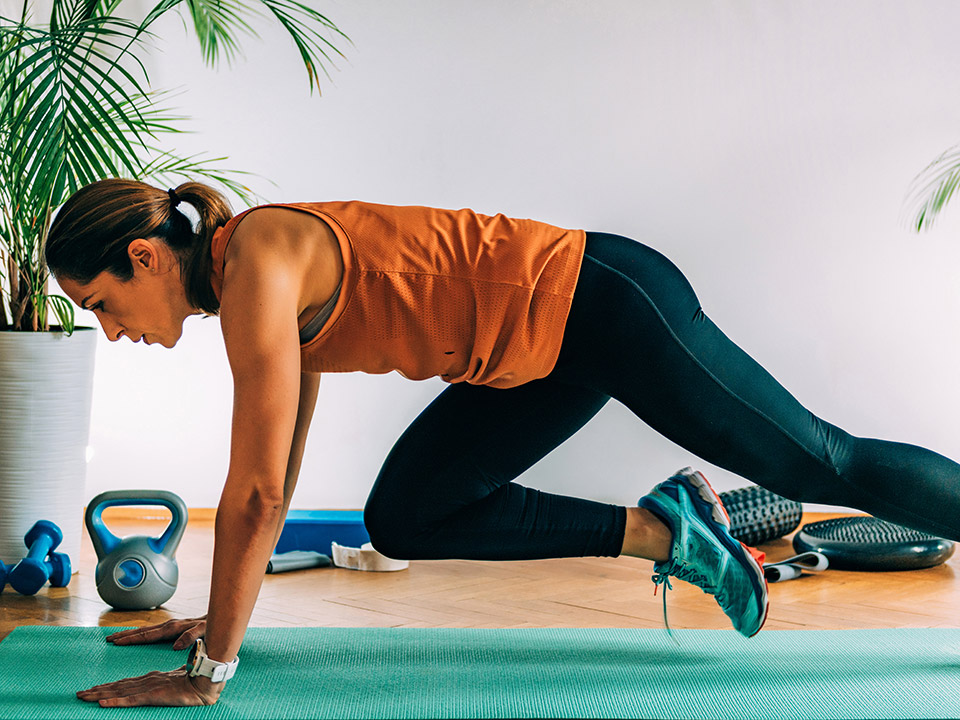The core is still the most important part of fitness. It is important to our health and is involved in almost every action. As the center of balance, power, and stability, the core is very important to understand and train. Let’s start by talking about the importance of the core and how to train it well.
Why Core Fitness Is Important
It’s not just about having flat abs or a six-pack. It’s a complicated group of muscles that goes way beyond your abs and includes everything but your arms and legs. These muscles are important for just about everything we do.
Physical Activity Starts at the Core: Whether you’re picking up a food bag or hitting a tennis ball, the action starts at the core. When the core muscles are in good shape, the stresses of carrying weight are spread out and the back is protected.
Stability of Posture: A strong core helps maintain good posture by keeping the spine in the best position. This makes the spine last longer and makes back pain less likely.
Improving Balance and Coordination: Having a strong core lets you move your arms with more control and coordination.
Better athletic performance: Stable core muscles are important for most sports and other physical tasks.
Core Routines That Work
- Planks: Lie down on your back, then push up using your forearms and toes to hold your weight. Straighten your body and hold on. This exercise uses a lot of muscles, which makes it a great choice for training your core.
- For Russian Twists, sit on the floor and slightly lean back, bringing your feet off the floor. Hold a weight with both hands and try to touch it to the ground next to you by twisting your body.
- Leg Raises: Lie on your back and slowly lift your legs up without bending them. Don’t let them hit the floor as you lower them.
- Bird-Dog: Get on your hands and knees. Extend the opposite arm and leg at the same time, hold for a moment, and then switch.
- Start in a push-up position for mountain climbers. Bring one knee to your chest and then the other, as if you were “climbing.”
- Bicycle Crunches: Lie on your back with your hands behind your head. Bring your knees to your chest and move them back and forth as if you were spinning.
How often should you do core exercises?
For starters: If you’re new to core training, do it only two or three times a week at first. This lets muscles heal and lowers the risk of getting hurt.
Intermediate to Advanced: As your stamina improves, you can do core-specific workouts four to five times a week.
Frequency: Do core exercises at the start of your workout. This gets your core ready for more difficult moves and makes sure you don’t skip these routines.
After a workout, the core needs time to heal and grow, just like any other muscle. Make sure you take days off or switch to other workouts.
Adding Core Work to Whole-Body Workouts
Movements that work: Squats, deadlifts, and overhead presses all work the core, which shows that you don’t always need to do separate core workouts.
Both yoga and Pilates focus on building power and stability in the core. The poses and moves are made to keep the core engaged at all times.
Takeaway
The core is called what it is because it is the most important part of our bodies. Ignoring it isn’t just a missed chance to get in shape; it’s also bad for your general health. By knowing how important it is and adding specific exercises to your routine, you’re setting yourself up to be healthier, stronger, and more balanced.

